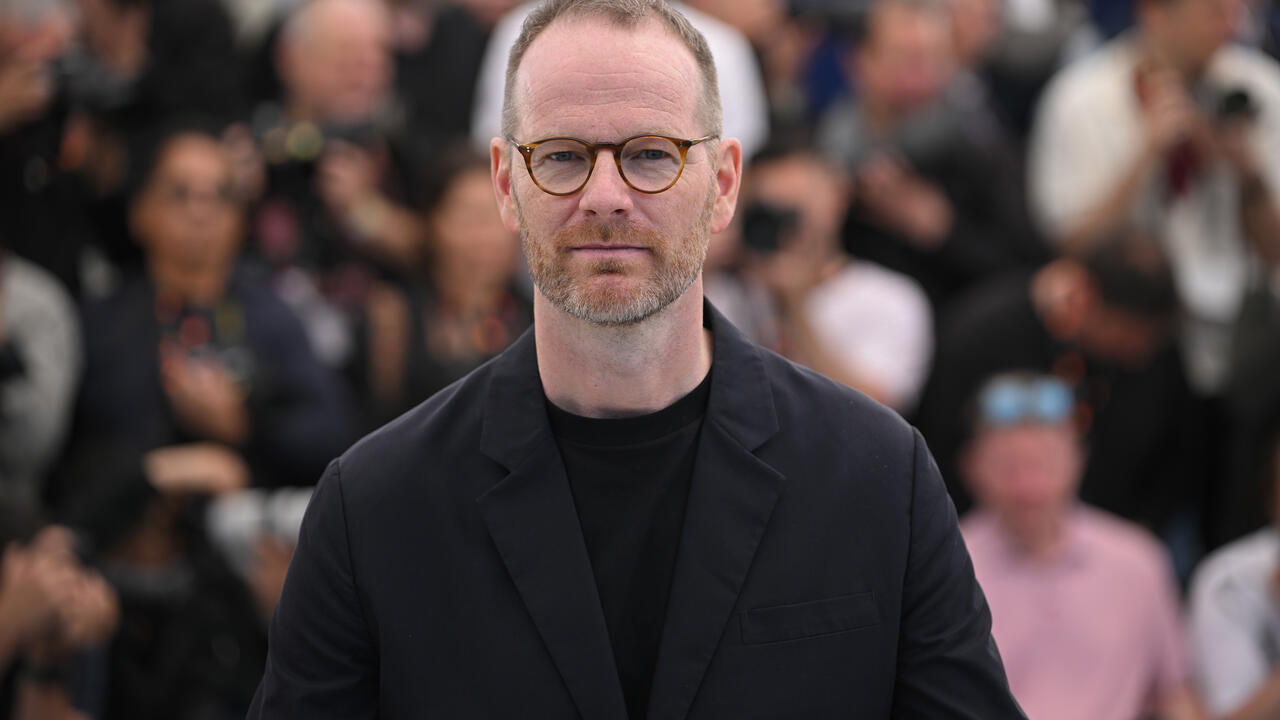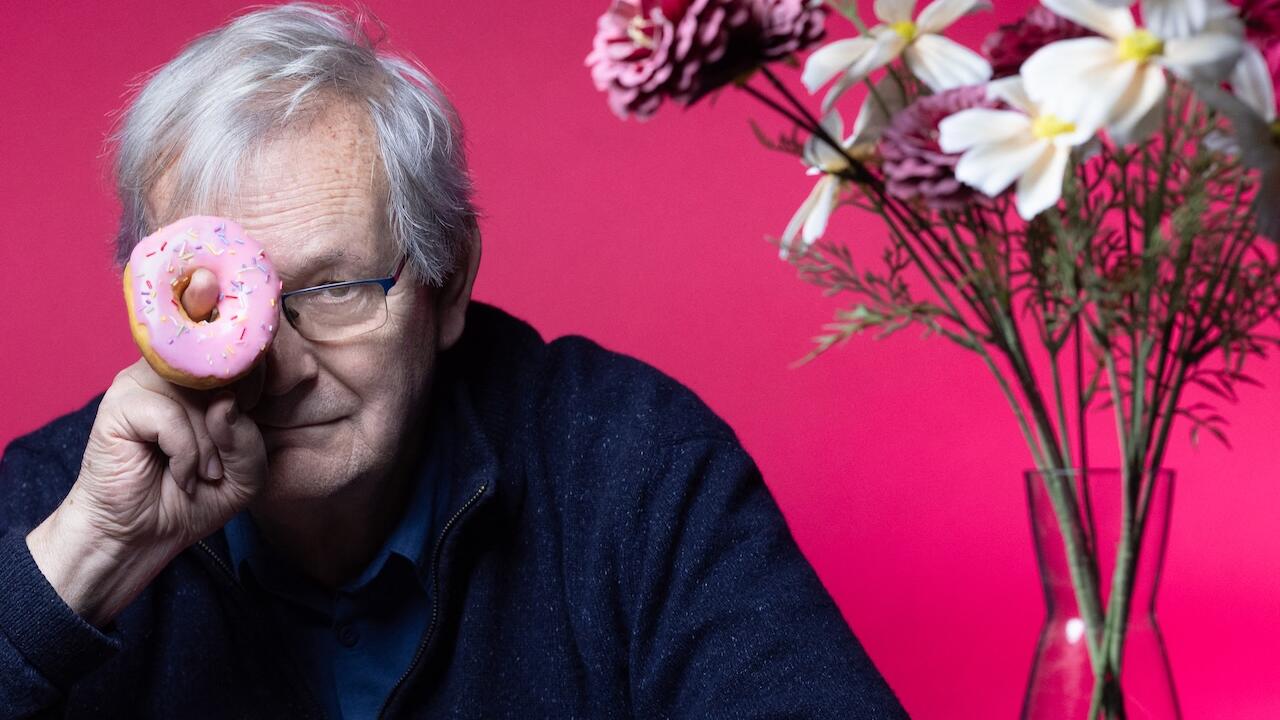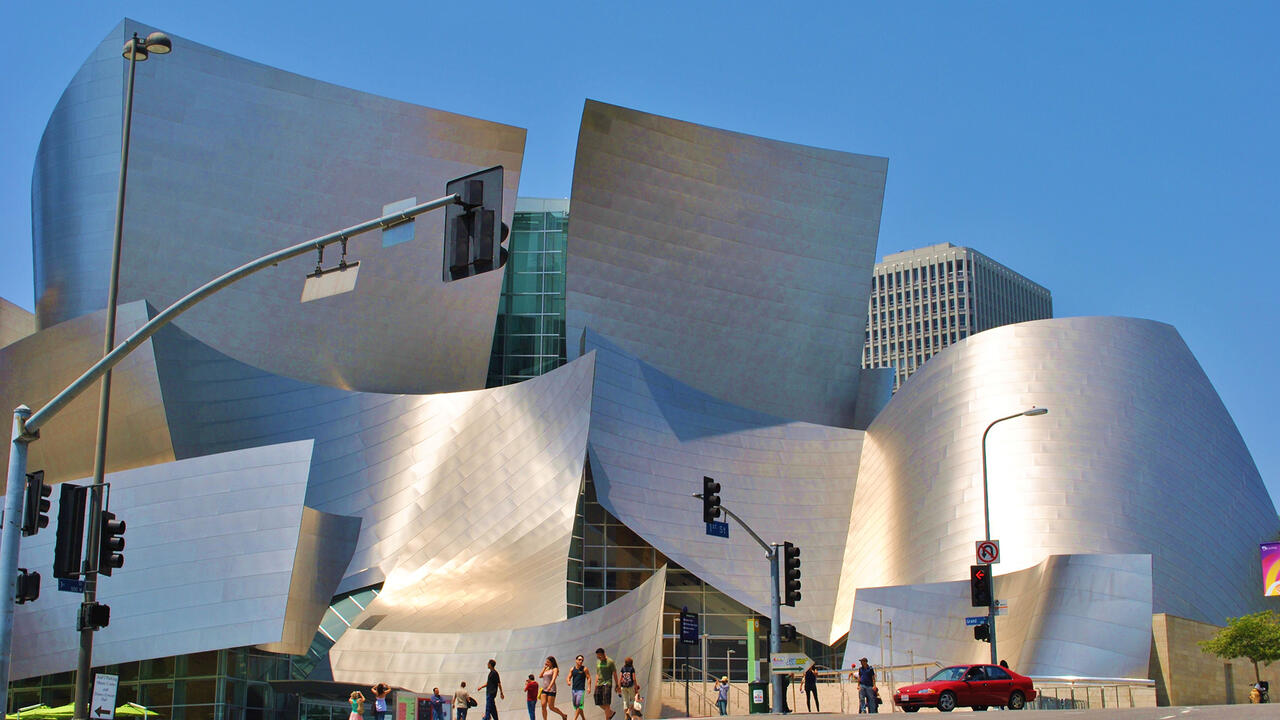Can Film Assist in the Fight Against Gentrification?
How Hannah Quinlan and Rosie Hastings, Ed Webb-Ingall and Ayo Akingbade approach the closure of public space
How Hannah Quinlan and Rosie Hastings, Ed Webb-Ingall and Ayo Akingbade approach the closure of public space

Like many queer people from Birmingham, my first experience of a gay bar, aged 17, was Bar Jester. With a firm reputation as a dive, Jester’s was one of the city’s oldest openly queer venues, whose doors closed and reopened several times between 1964 and 2019. As with many of the commercial spaces that have ceased trading in recent years, the bar’s permanent closure last year is emblematic of the ongoing gentrification of communities across the UK.
In My Room (2020), a film by London-based artists Hannah Quinlan and Rosie Hastings, queries homosocial politics and the ongoing exclusion of womxn from LGBTQ+ venues. The work was the centrepiece of an eponymous solo show at Focal Point Gallery (FPG) earlier this year and grew out of their project UK Gay Bar Directory (2016), which sought to archive disappearing LGBTQ+ spaces. The film follows a group of men as they traverse Birmingham’s Gay Village – including Bar Jester and the Core – before arriving at a derelict fort in Southend-on-Sea where FPG is situated. In My Room uses Birmingham as a backdrop, while neglecting to engage with its queer communities in a sustained way.

‘Quinlan and Hastings went location-scouting in Birmingham’s gay village, only to find that, in fact, many of the bars and clubs have recently closed or will close in the next few months,’ reads the exhibition text. While it is true that two of the city’s 16 LGBTQ+ venues have closed in the past year, this gloss does not acknowledge that many bars remain open due to the activism of members of the city’s queer community and groups such as Friends of Eden and Birmingham Gay Village, which continue to campaign against luxury residential developments in the area. The decline and revival of queer ecosystems is not uncommon – such spaces remain historically transient and regenerative as a result of collective action – but this resilience is absent in Quinlan and Hastings’ depiction.
When I contacted Quinlan and Hastings for comment for this piece, I found they were denied access to the gay archives in Birmingham Library. (The pair also reached out to me in November 2019 to discuss my ongoing research into the city’s changing queer landscape. Because of clashing schedules, we never met.) The artists also remarked on the project’s tight timeline – while FPG invited the artists 9-months prior, there were just three months to research and produce the exhibition upon receipt of funding – commenting that they would have done more in-depth research, if time had allowed.

In My Room was first screened in Southend-on-Sea, 240 kilometres from Birmingham, after which it will tour to Mostyn in Llandudno, Hull’s Humber Street Gallery and Huset for Kunst & Design in Holstebro, Denmark. (The artists noted that Focal Point Gallery had attempted to secure a touring venue at Birmingham’s Grand Union.) The lack of a Midlands venue contributes to a sense of detachment between the work and the scene that it purports to represent.
When it comes to how artists can help build community resilience to gentrification, there are other models. Ed Webb-Ingall’s forthcoming project, Forming a Resident’s Association (2020), for example, aims to build a network of grass-roots activist groups and arts organizations in Birmingham, Nottingham, Glasgow and Liverpool, enabling them to share the films forming their thinking and methodologies around activism in response to the UK’s housing crisis. Webb-Ingalls’s project considers the capacity for the moving image to act as a tool for change and the need for arts organizations to platform and facilitate communal advocacy.

This need for community participation is broached in Ayo Akingbade’s Dear Babylon (2019), the third in the artist’s trio of short films addressing social housing in London. Playfully merging narrative fiction and oral history, Dear Babylon follows three protagonists on Dorset Estate as they as they talk to residents and neighbours. The backdrop to their conversations is the AC30 Housing Bill, which seeks to annex residents from social housing. Though the proposed new law is fictional, Dorset Estate has witnessed a shift towards increased private rentals since the introduction of the Right to Buy scheme in 1980, which enabled tenants to purchase their homes at a discount to live in, rent out or sell on, depleting the UK’s social-housing stock. While the three main characters in Dear Babylon are actors and some of the concerns put forward have been modified to fit the plot, the residents voicing them are real.
Working closely with community members, Webb-Ingall and Akingbade have sought to build solidarities in the fight against gentrification. As a decline in community space and social housing becomes endemic, following decades of negligent government policies, artists need to move beyond the aestheticization of gentrification if we are to win the fight against it.
Correction October 5: an earlier version of this article stated that Quinlan and Hastings’s research for 'In My Room' was solely archival. In fact, they did conduct meetings with bar staff and management at Birmingham's Bar Jester and The Core.
Main image: Hannah Quinlan and Rosie Hastings, In Our Room, 2019, installation view. Courtesy: the artists and Focal Point Gallery, Southend




















